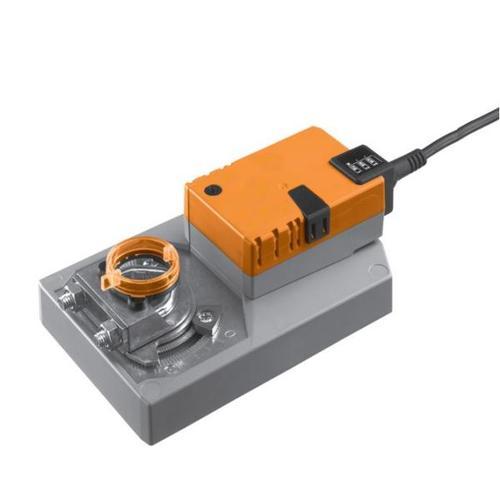
If it’s to complete the designated objective, any type of damper set in the HVAC system should be outfitted using a proper actuator. The option of an actuator for a detail damper needs the consideration of a variety of variables. This article analyzes the actuator-selection procedure. Note: While damper actuators often pass various other names, such as damper operators, damper motors, and electric motor packs, damper actuator is the appropriate terminology.
Dampers with a wide range of factory-installed actuators are offered. Other dampers are supplied for “field-supplied” actuators. These actuators generally are provided and mounted by developing controls specialists after a damper has been set up as a component of a mechanical system.
To check for commercial actuators, please visit Belimo products at Blackhawk Supply.
Factors to Consider in the Actuator-Selection Refine
The following inquiries need to be responded to when choosing an actuator:
- Who will supply and mount the actuator?
- Will the actuator be direct-coupled or attached making use of (a) affiliation(s)?
- What will power the actuator? Will it be hand-operated, electrical, or pneumatic?
- What sort of control activity will the damper execute? Will it be two-position, regulating, or some other kind of control?
- How much torque is needed?
- What is the needed procedure time?
Who will provide as well as mount the actuator?
Damper makers can supply a wide range of actuators. Actuator’s criterion place on commercial dampers is external, the actuators sometimes are able to be set internally inside HVAC systems.
Factory installment of an actuator by a damper manufacturer usually is less expensive and the best way to make certain appropriate actuator sizing and also installation.
It needs to be noted UL calls for any actuator on a UL-classified smoke damper to be furnished and also installed by the damper producer at the time the damper is manufactured.
Are the actuator be connected or direct-coupled using linkage? In the past, bar arms additionally called crank arms, as well as link rods, were needed to transform the linear- or rotary-output movement of damper actuators to the 90-degree turning needed to operate dampers. For many years, the electrical actuators using 90-degree rotating output designed to a couple straight to a damper’s operating shaft have become extensively readily available. Use these direct-coupled actuators has significantly streamlined installation by getting rid of the requirement for arms as well as affiliations and the often-frustrating job of changing linkages. Using direct-coupled actuators guarantees rated actuator torque is applied straight to a damper’s operating shaft, which streamlines the matching of the actuator with damper torque.











